Introduction: Why Tree Winter Pruning Guidelines Matter Now
“Did you know that improper pruning is responsible for up to 40% of urban tree failures during storms each winter?” Explore the surprising science behind tree winter pruning guidelines.
When it comes to tree winter pruning guidelines, timing and technique are everything. A single risky cut or a missed dormant season opportunity can mean the difference between a thriving, resilient urban forest and a costly, storm-damaged landscape. With late winter and early spring fast approaching, understanding the science of pruning trees and shrubs is more urgent than ever. This guide goes beyond surface tips—offering you the knowledge and step-by-step instructions needed to boost your landscaping confidence, maximize urban tree health, and avoid mistakes that jeopardize your investment.
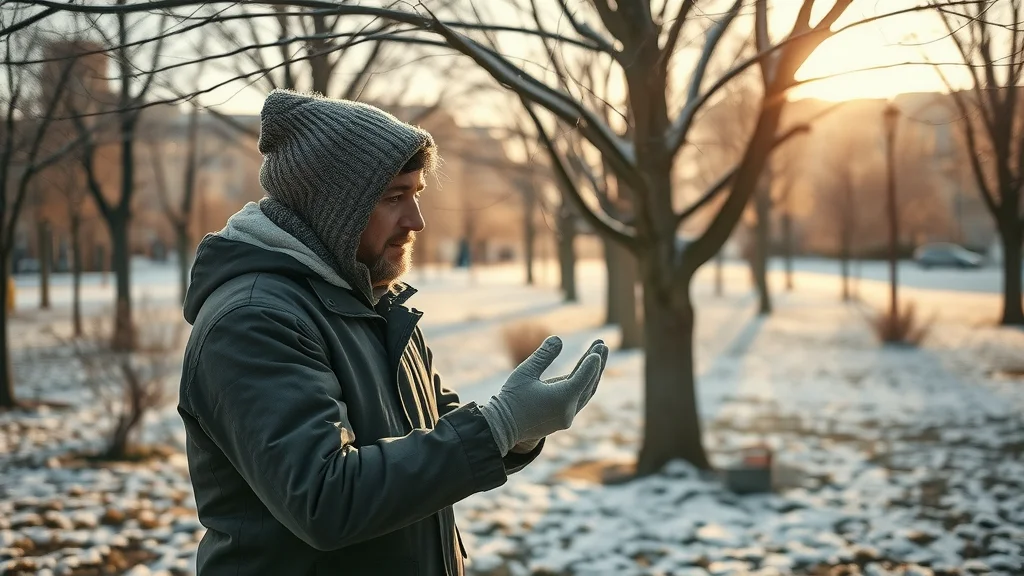
What You’ll Learn From These Tree Winter Pruning Guidelines
The best time to prune trees and shrubs in winter
Differences in pruning cuts and proper technique
How to apply tree winter pruning guidelines to maximize urban forestry health
Common mistakes to avoid with winter or early spring pruning
The Science Behind Tree Winter Pruning Guidelines
How Late Winter and Early Spring Affect Prune Trees and Shrubs
Pruning trees and shrubs during late winter and early spring leverages a critical biological window. When most trees are dormant, energy is stored within their structures rather than being spent on leaf and flower production. This dormancy means that any pruning cuts made during this time minimize sap loss and reduce shock to the tree, helping wounds close rapidly when growth resumes in spring. As the urban forest faces threats like fungal disease and storm damage each winter, timely, strategic pruning dramatically increases resilience. Studies show that branches pruned in late winter have less risk of disease infection compared to cuts made during the active growing season, making this the best time to prune most deciduous trees and shrubs.
Additionally, cutting back crowded or poorly spaced branches in winter enhances air circulation and light penetration throughout the coming year. By following established tree winter pruning guidelines, you not only support the health of individual trees but also protect entire city ecosystems from unnecessary risk. The advice in this section applies equally whether you manage a backyard tree or contribute to a robust urban forestry program—an essential step in sustaining green infrastructure.

Understanding the Dormant Season: Why It’s a Good Time for Pruning Trees
The dormant season, typically spanning from late fall through early spring, is often the good time to prune trees. With sap flow at its lowest and trees essentially "asleep," pruning trees in this period produces less stress for the plant and minimizes the risk of disease or pest invasion. If you prune trees and shrubs while they’re actively growing, open wounds may attract insects and foster fungal disease, hampering recovery. Instead, following tree winter pruning guidelines during dormancy helps wounds heal quickly once new growth resumes, while also shaping the tree for optimal structural integrity.
For homeowners and urban landscapers alike, understanding the biological signals of dormancy means the difference between fostering robust, well-shaped specimens and unwittingly inviting long-term harm. The dormant season is a natural reset—making it crucial for corrective cuts, thinning, or removing dead, crossing branches. Urban forestry practices recommend annual winter assessments to maximize longevity and minimize risks, ensuring that trees rebound with extra vigor at the first signs of spring.
While mastering pruning techniques is essential, it's equally important to recognize how winter storms can impact tree health and safety. For a real-world perspective on the consequences of severe weather and the importance of proactive tree care, explore the tragic outcomes detailed in this report on the toll of severe storms in St. Louis.
Essential Tree Winter Pruning Guidelines for Urban Forests
Pruning Trees and Shrubs: Key Steps for Effective Urban Forestry
In any urban forest, the stakes are high. Effective tree winter pruning guidelines revolve around safety, longevity, and environmental health. Before you start, always assess trees and shrubs for broken, diseased, or dangerously overhanging branches—a vital step to prevent injury and property damage. Use sharp, disinfected tools and, where possible, work with a partner for added safety. As you prune, work methodically from the ground up: first removing dead wood, then thinning out crowded or poorly spaced branches, and finally making corrective cuts to shape the overall form. These best practices not only help you maintain city trees but also support wildlife, increase shade, and improve air quality throughout the community.
A modern urban forestry approach emphasizes targeted intervention during the dormant season. By starting with structural corrections in winter months, you set up your urban forest—from residential gardens to city parks—for a strong, healthy growing season ahead. Staying attentive to key tree winter pruning guidelines preserves your investment and protects ecosystems, ensuring your neighborhood remains a green haven for years to come.

Pruning Cut Techniques: Clean Pruning Cuts vs. Stub Cuts
Not all pruning cuts are created equal. When following tree winter pruning guidelines, it is essential to distinguish between a clean pruning cut and a damaging stub cut. Clean pruning cuts are made just outside the branch collar—the slightly swollen area where the branch attaches to the trunk—which supports rapid wound closure and reduces the risk of disease. Stub cuts, on the other hand, leave a section of branch extending beyond the collar, which can foster rot, prevent healing, and compromise the structural health of the tree or shrub.
Remove dead, diseased, or damaged branches
Thin out crowded areas
Make angled pruning cuts just outside branch collars
Proper technique means holding pruning shears or saw at a slight downward angle away from the trunk. This allows moisture to run off the cut surface, discouraging the growth of fungal disease. Whether you are addressing mature trees, young saplings, or even choosing to prune rose bushes, adhering to these cut techniques ensures consistency and longevity to both individual plants and entire urban forestry projects.
When is the Best Time to Prune Trees? Timing Is Key
Late Winter vs. Early Spring: Understanding the Optimal Good Time
There's often confusion about the exact good time to prune trees and shrubs. Both late winter and early spring are considered prime, but the ideal period depends on the specific tree or shrub species and the local climate. Most experts agree: prune most deciduous trees and shrubs after the coldest part of winter has passed but before buds begin to swell in early spring. This timing protects trees from extreme freeze damage while taking advantage of dormancy for stress-free healing. A key principle in tree winter pruning guidelines is to avoid pruning too early in winter or after sap has started flowing in early spring, as delayed cuts may result in weaker regrowth or accidental removal of early flower buds.
Tree species like maple, birch, and walnut may "bleed" sap profusely if pruned too late, but the loss is largely cosmetic. However, performing routine pruning before new growth starts ensures rapid sealing of wounds and prevents loss of energy reserves that would otherwise be used in the growing season. Understanding the balance between late winter and early spring helps you make good pruning decisions, whatever the time of year.
Comparison Table: Tree Species & Best Winter Pruning Period |
||
Tree/Shrub |
Best Pruning Time |
Reason |
|---|---|---|
Maple, Birch, Walnut |
Late Winter (Feb) |
Minimizes sap bleeding; avoids freeze risk |
Oak, Elm, Ash |
Late Winter - Early Spring |
Prevents disease, best dormancy window |
Flowering Shrubs (except spring bloomers) |
Late Winter |
Promotes strong new canes |
Spring-Flowering Trees/Shrubs |
After Flowering ends |
Preserves flower buds for display |
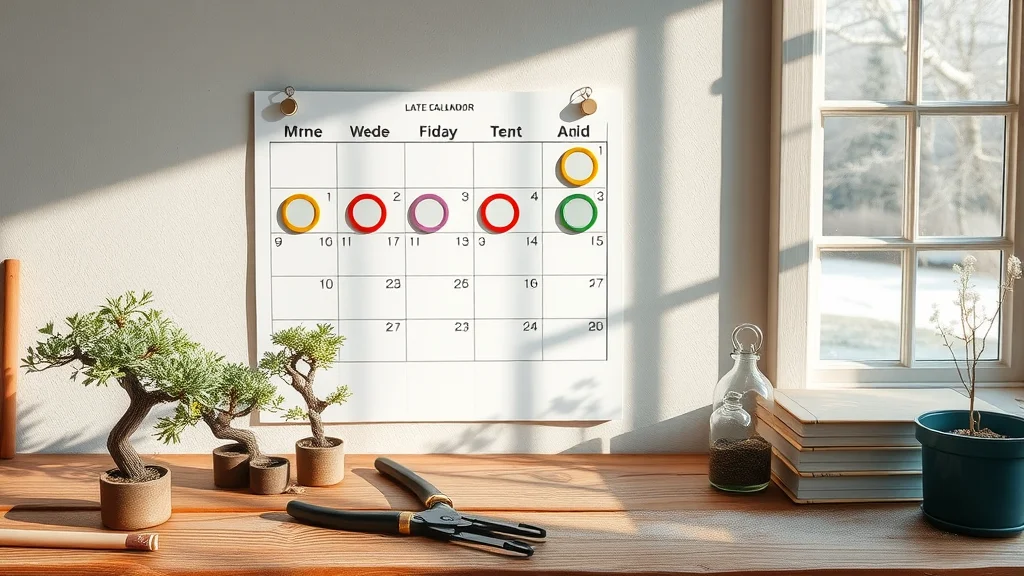
Step-By-Step Tree Winter Pruning Guidelines for Deciduous Trees
Assess for structural issues in the dormant season
Choose the right tools for pruning trees and shrubs
Identify ideal pruning cuts to avoid damage
Disinfect pruners between each cut
Dispose of removed branches properly
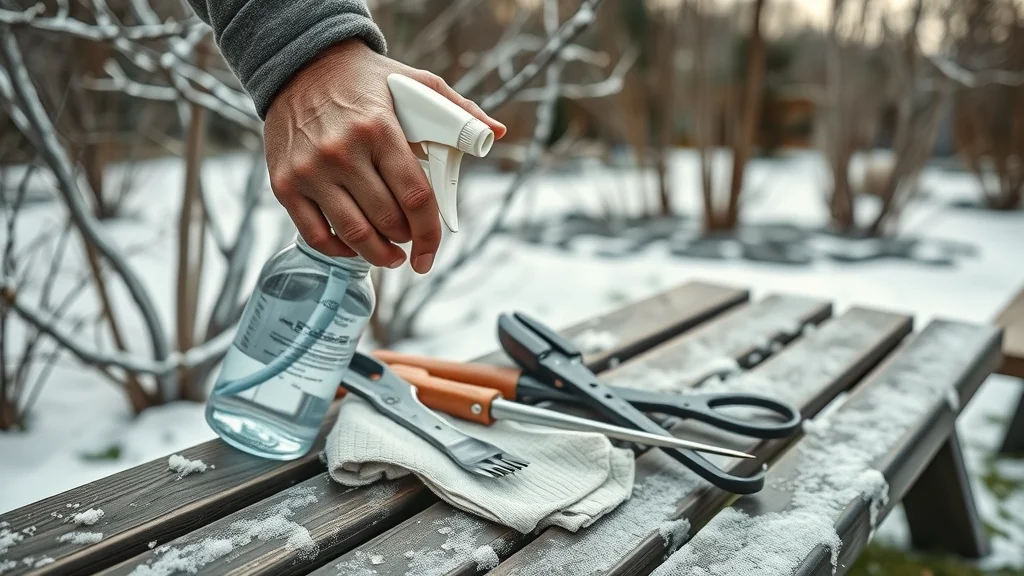
Begin by walking around your tree or shrub to identify weak crotches, broken limbs, and crossing branches. Mark problem areas so you can address them systematically. Always select high-quality, sharp pruners or saws matched to the branch size—using a pole pruner for overhead work when necessary. As you make good pruning cuts, keep your blades angled and ensure they are disinfected between cuts to prevent spreading disease across your urban forest. After each pruning pass, collect debris and dispose of it according to local regulations, keeping your landscape and neighboring trees safe from pests and pathogens.
Expert Tips: Urban Forestry Practices for Healthier Trees and Shrubs
“Proper pruning cuts made in late winter can prevent pest problems later in the year,” says urban forest specialist Dr. Tara Lund.
Urban forestry is about much more than appearance—it's about safety, environmental protection, and maximizing the lifespan of city greenery. To get the most from your tree winter pruning guidelines:
Prune in dry weather to avoid spreading fungal disease.
Make small cuts rather than large wounds on mature trees—smaller wounds seal faster and resist infection.
Never remove more than 25% of a tree’s crown in one season.
For flowering shrubs, only prune species that bloom on new wood during late winter; delay pruning spring-flowering shrubs until after their bloom period to avoid losing flower buds.
Regularly review and adhere to your city’s urban forestry best practices to protect community investments and biodiversity.
Ultimately, each cut you make during the dormant season impacts not just the individual tree, but the overall health and safety of your local urban forest. Good pruning is a skill developed over time, so start conservatively and seek expert advice for larger specimens or complex situations.
Watch our in-depth instructional video featuring a certified arborist performing proper winter pruning techniques on several trees. The demonstration includes close-up views of correct cuts, tool use, and the essential safety protocols that make a difference in cold-weather pruning. See how real professionals approach both mature trees and young shrubs in a snowy urban park, ensuring every action supports long-term plant health and resilience.
People Also Ask: Common Tree Winter Pruning Guidelines Questions
Is it okay to cut branches off trees in winter?
Yes, as long as you follow the right tree winter pruning guidelines. Pruning during the winter months, particularly in late winter, is actually beneficial for most deciduous trees and shrubs. Dormant season pruning reduces sap bleeding, prevents the spread of pests, and helps trees heal more quickly once growth resumes in spring. However, always avoid pruning during extreme cold or if the wood is frozen, as this can cause splitting.
What is the 123 rule of pruning?
The "123 rule" guides you to first prune trees and shrubs by removing 1) dead, 2) diseased, and 3) damaged branches in that order. This ensures structural soundness before moving on to shaping or thinning cuts. By tackling the most critical problems first, you make good pruning decisions for overall plant health and reduce the risk of fungal disease and branch failure during storms.
What are the 5 rules of pruning trees?
The five basic principles of effective pruning are:
Prune during the tree’s dormant season.
Remove dead, diseased, or damaged limbs first.
Make all cuts just outside the branch collar for faster healing.
Maintain evenly spaced branches for balance and airflow.
Never top a tree or remove more than 25% of the crown in a year.
Following these rules, as detailed in this tree winter pruning guidelines article, will increase your tree’s chances of long-term health and lower the odds of storm-related branch failure.
What trees should not be pruned in winter?
Some trees and shrubs should be pruned after they bloom—especially spring-flowering species such as forsythia, lilacs, and magnolias, since buds are set during the previous summer and fall. Pruning these in winter or early spring removes developing flower buds, leading to a flowerless season. Additionally, avoid heavy pruning on evergreen types during winter, as exposed cuts may dry out and suffer cold injury.
Answers to Common Winter or Early Pruning Questions
If in doubt, check specific pruning recommendations for the plant species in your landscape. Most deciduous plants can be safely pruned in late winter or early spring, while flowering shrubs may require a more tailored approach. Always prioritize safety by not pruning ice-covered or frozen wood, and consult local urban forestry resources for unique concerns related to your region.
Urban Forestry Cautions: Tree Winter Pruning Guidelines and What to Avoid
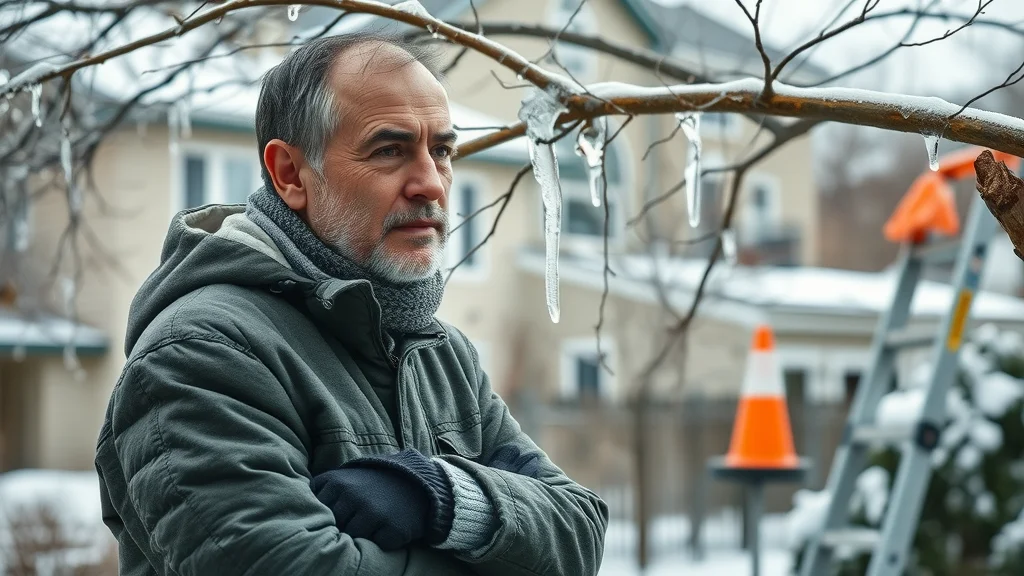
Never prune ice-cover damaged branches without safety assessment
Refrain from heavy pruning on spring-flowering trees and shrubs
Avoid tearing bark with incorrect cuts
Improper winter pruning can inflict lasting harm. Always inspect the structure carefully before working, especially after storms have caused ice accumulation or breakage. Incorrect technique—such as tearing bark by pulling or using dull tools—exposes trees to pests and slows healing. Following correct tree winter pruning guidelines will help you protect valuable landscape assets and foster healthy regrowth, season after season.
Want to see what not to do? Our companion video covers common pitfalls, from making improper stub cuts and pruning too early in the winter months to over-thinning canopies and failing to clean tools. Learn how to spot and correct these errors to safeguard your trees, shrubs, and overall urban forest.
FAQs: Tree Winter Pruning Guidelines
How do tree winter pruning guidelines protect urban forests?
Thoughtful, properly timed pruning minimizes hazards, promotes strong structure, and prevents invasive pests and disease from harming city spaces.Can I use the same pruning techniques for all trees and shrubs?
Most general techniques apply, but always adjust for species-specific needs—especially flowering shrubs or unique urban forest species.What are the first signs of improper pruning cuts?
Look for torn bark, lingering stubs, or large wounds that fail to seal. Follow-up with corrective cuts and proper technique ensures long-term health.
Key Takeaways from Tree Winter Pruning Guidelines
Tree winter pruning guidelines maximize tree health and safety
Timing and pruning cut technique are critical
Urban forestry best practices protect the investment in your landscape
Summary: Mastering Tree Winter Pruning Guidelines for a Healthier Urban Forest
“The right cut at the right time can mean the difference between a thriving urban forest and costly damage,” – Expert Urban Forester
By mastering tree winter pruning guidelines, you can ensure a stronger, more beautiful, and safer urban landscape today and for years to come.
If you’re ready to take your tree care knowledge even further, consider how winter pruning fits into the broader context of urban safety and resilience. Severe storms can have devastating effects on communities, and understanding the link between proactive pruning and disaster prevention is crucial. For a deeper dive into the real-life impact of tree maintenance and the urgent need for homeowner awareness, discover the lessons learned from recent events in St. Louis by reading how severe storms have underscored the importance of tree safety. This perspective will help you connect your pruning efforts to the bigger picture of protecting both your property and your community.
Ready to Apply Tree Winter Pruning Guidelines? Take the Next Step
Grow your landscaping expertise—call 203-271-7991 or visit TreeGuardianNews.com to subscribe.
 Add Row
Add Row  Add
Add 

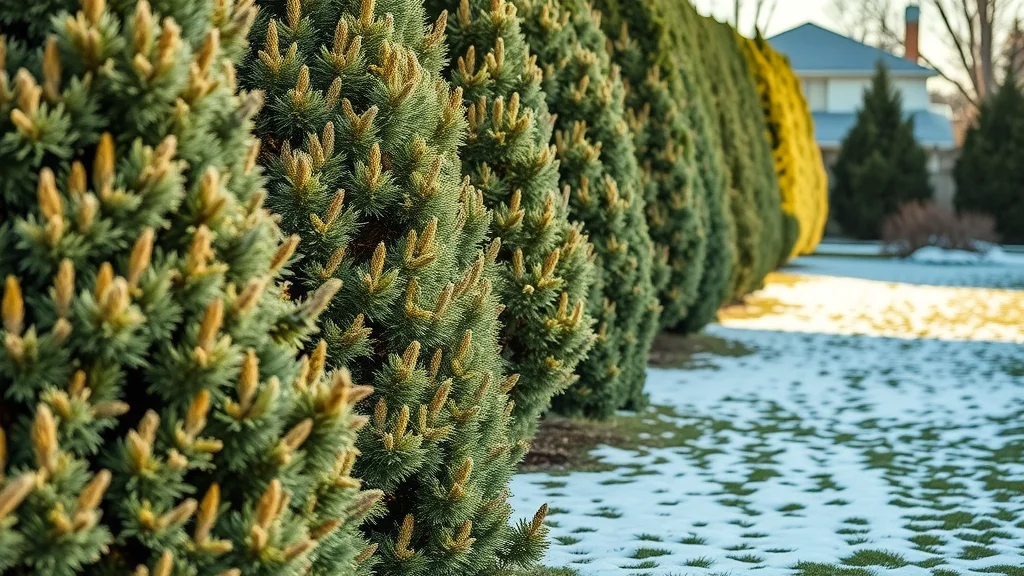
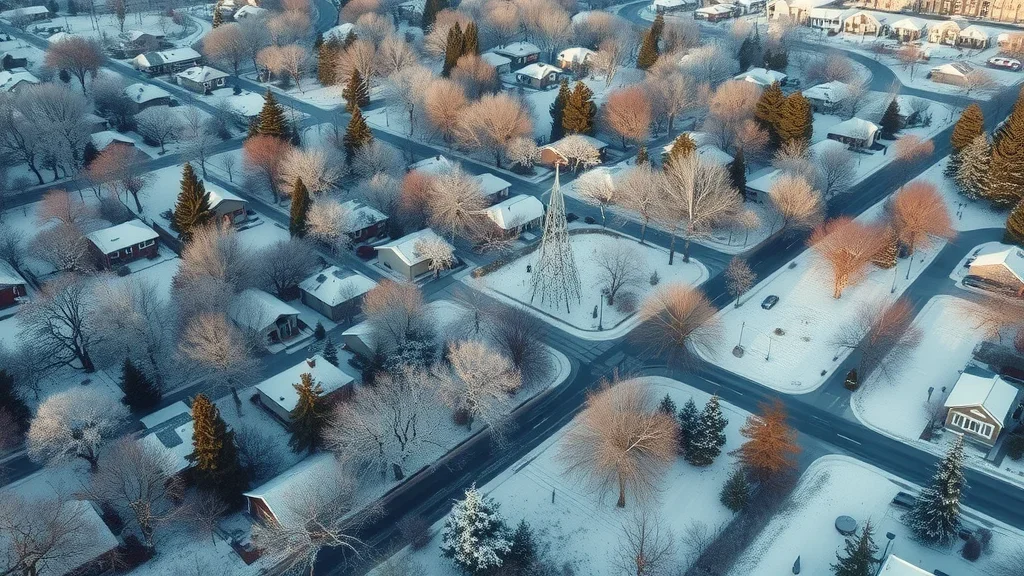
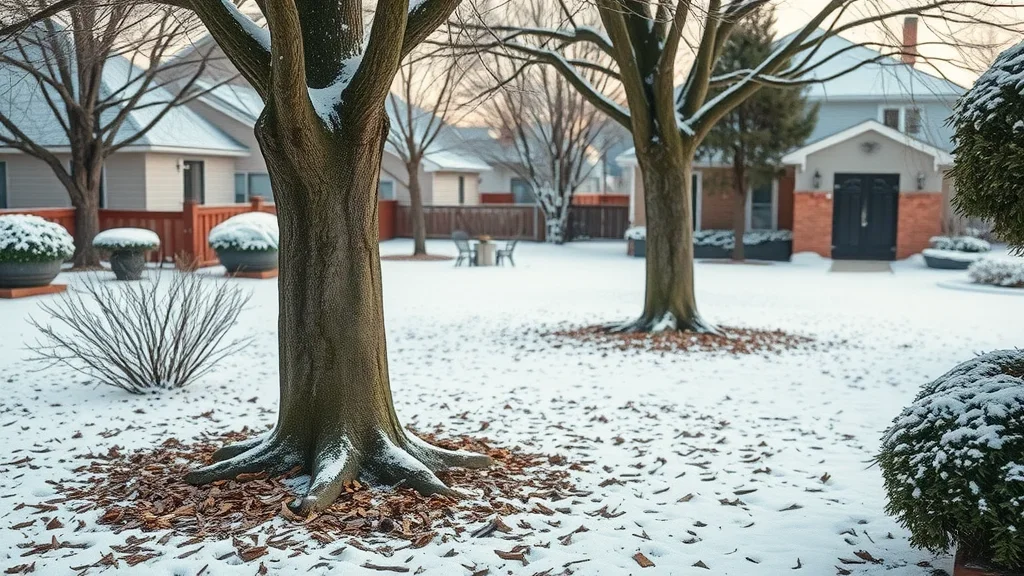
Write A Comment